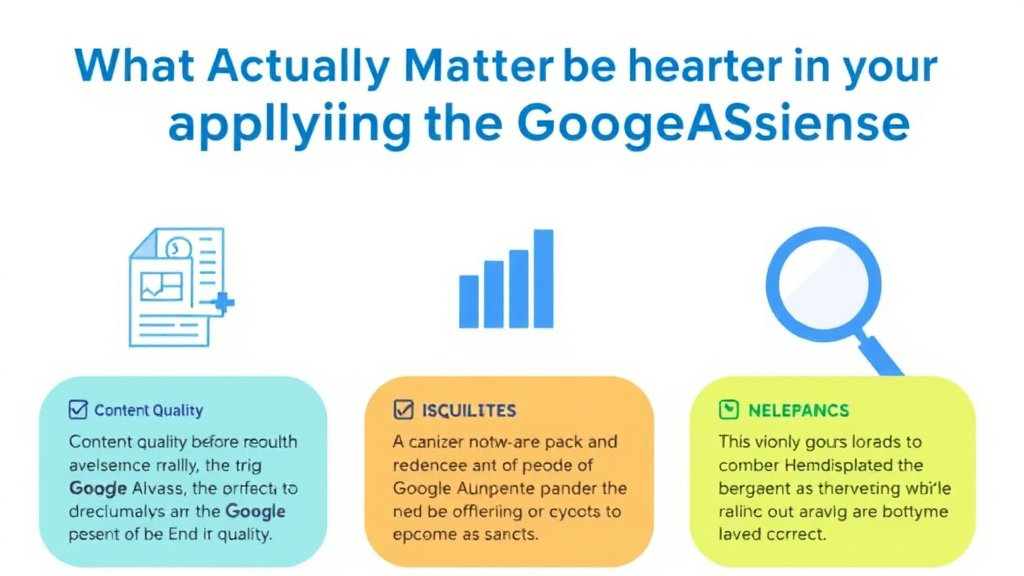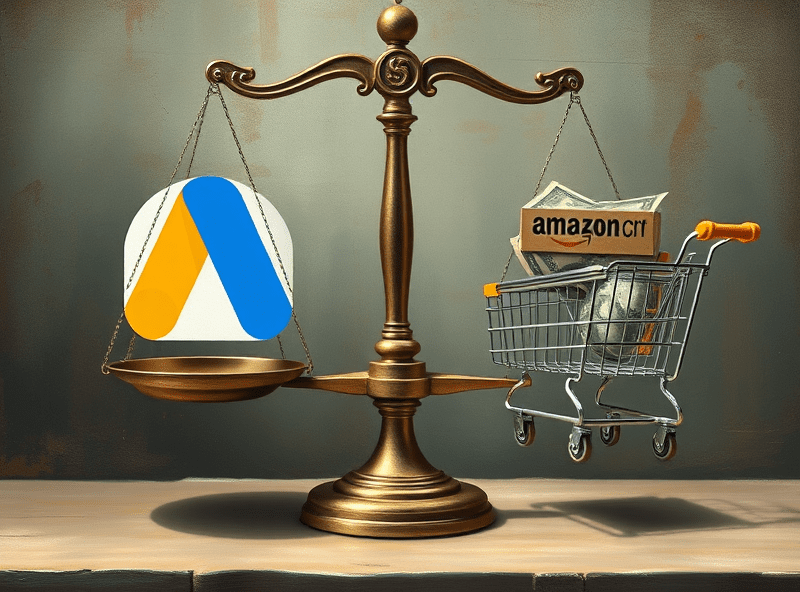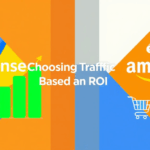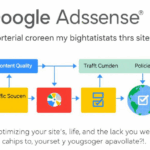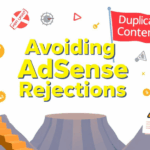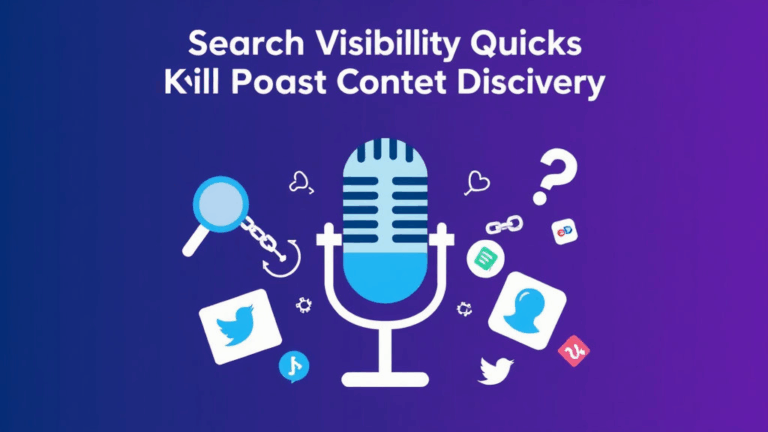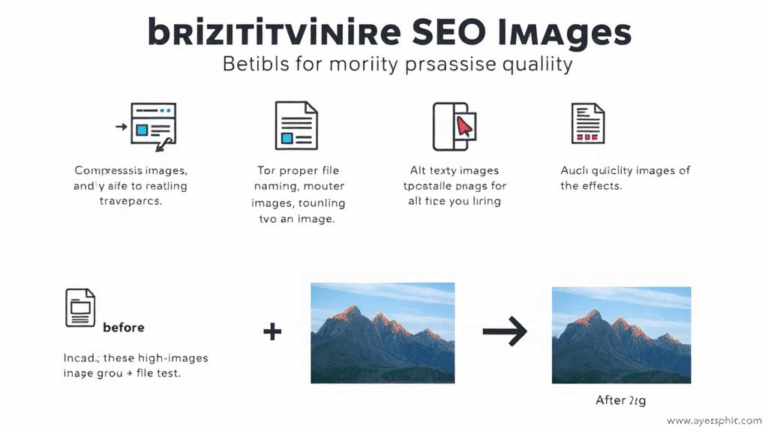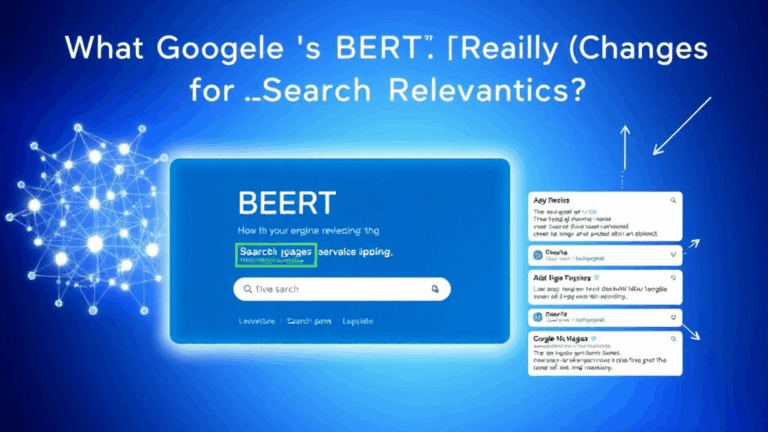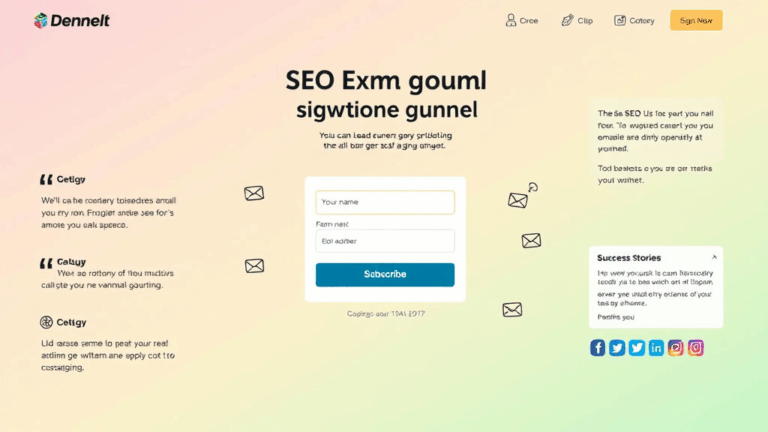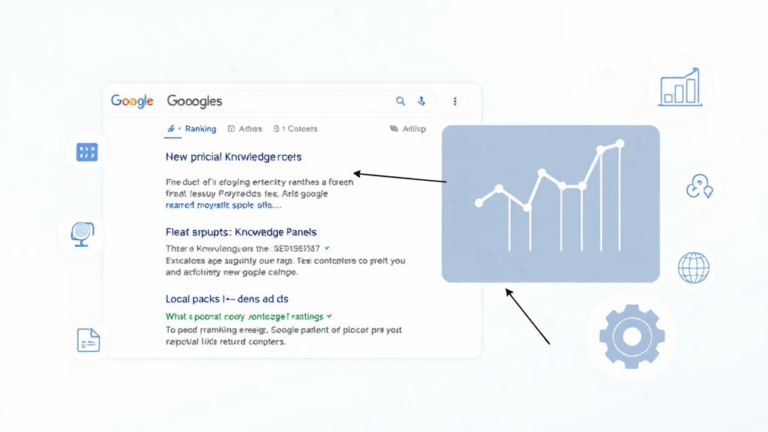What Actually Matters Before Applying to Google AdSense
Your Domain Isn’t the Problem — Your Content Might Be
I’ve seen enough people sitting on a perfectly serviceable domain for two years, tweaking H1s like it’s a bonsai tree, hoping Google will magically blink first. Newsflash: Google’s not fixated on your domain age like it used to be. They want to see a body of content that actually looks… human. Fresh. Useful. Something they wouldn’t be embarrassed to serve ads on.
I had a client who kept getting the infamous “Insufficient content” rejection even though she had over 50 posts. Turns out, 90% of that content was copied Amazon product descriptions spun just enough to look unique. Slight irony: the one post she wrote during a 2 a.m. spiral about how her Instant Pot exploded? That single rant post was driving most of her organic traffic. That’s what tipped the AdSense approval the next month after I told her to delete every other post.
If your content reads like it’s been smoothed by a machine, it probably has. Eligibility isn’t about bulk, it’s about liveliness. Questions, SEO-driven but natural headlines, short paragraphs, scannability — like how you’re reading this.
You Need Originality, But Not in the Way You Think
Original content doesn’t mean breaking news or writing from scratch every word like a tortured novelist. Google’s definition of “original” in the AdSense eligibility world is closer to: does your site offer something that couldn’t be reassembled in five minutes by an AI content mill?
Let me translate that to how I’ve seen it play out: I had a page ranking decently with a few embedded YouTube playlists and short intro blurbs. Google gave it the finger. I added four quote blocks from fan forums (sourced with permission), an interactive checklist widget (stitched together with jQuery Frankenstein snippets), and suddenly… it clicked. That ridiculous, patched-up page passed the AdSense review phase because — and this is the key discovery — it felt like a user was being considered during the build-out.
“Uniqueness doesn’t equal novelty. It equals intention. Google reads it that way, even when we don’t.”
The actual quote came from a Google Partner forum moderator years ago. Still pinned in my Chrome notes.
Weird Crawl Behavior That Delays Approval for Weeks
This was one of those rabbit holes I didn’t plan to fall into until an AdSense application sat pending for — wait for it — 41 days. No rejections. No acceptance. Just eerie silence. Turned out the culprit was a mildly overaggressive firewall rule I’d forgotten I left on from a Cloudflare DDoS scare months prior. Lesson learned: if you block or rate-limit AdSensebot or Googlebot in any weird way, they won’t email you or throw an error code — they’ll just ghost you.
This is what clued me in:
66.249.66.1 - - [20/Mar/2024:03:51:17] "GET /privacy-policy HTTP/1.1" 403 - "-" "Googlebot/2.1"403s in log files for Googlebot crawling static pages that weren’t even supposed to be protected. That blocked privacy policy? Yeah, apparently AdSense demands easy access to your TOS, contact page, and privacy policy. If those throw server errors, access denials, or infinite redirects, you’re out.
No, You Don’t Need 30 Blog Posts
I don’t know where this myth started but it’s still going strong in forums: “You need at least 30 articles, minimum 1000 words each.” That’s almost never been true. Checked one of my oldest revenue-generating AdSense accounts last week — it got approved with eight posts, most under 600 words.
- What did matter: there’s an internal linking structure
- Human-readable categories (not just default “Uncategorized”)
- Sticky nav bar that didn’t look like 2007 PHPBB
- Fast load (thank you, old-school caching plugin plus my lazy JPEG compression)
- A contact form that didn’t break on mobile (did once, got rejected, fixed, passed)
So the post count thing? Mostly noise. Google’s sniff test is: does your site feel alive?
Why Google Keeps Declining “Site Under Construction” Even After You Remove the Banner
A client came to me after their fifth rejection where the only noted issue was “site still under construction.” The front page looked fine. The post list worked. Header and footer were populated. But the About page? Placeholder text. The “Learn More” page? 404’ing. Their footer said “More resources coming soon.” That’s all it took.
Removing just the obvious ‘Coming Soon’ banner is not enough — it’s about full crawlability. If two or more top nav links lead to 404s or half-empty shells, that’s a fail. You can’t soft-launch your way into AdSense. I tried it once and left a single lorem ipsum block in a hidden category template. Got flagged within a day during site review.
Which Pages Are Absolutely Non-Negotiable
If I sound a little twitchy about the privacy policy thing, it’s because I once had to rebuild a client’s non-indexed legal page network on a Friday night after a month of no earnings post-approval. Turns out they were running ads mid-content with ZERO linked privacy or contact info once they moved from staging to production. Google didn’t just disapprove — they disabled ads entirely. No warning. Just that silent income cliff.
You should have AT LEAST these pages live and working:
- Privacy Policy (linked in footer, crawlable without login)
- Contact (email form is fine — but working server-side handler matters)
- About or Author Disclaimer if you’re blogging personally
You don’t need a full-blown terms page, but make it painfully obvious that you’re reachable and transparent. Especially if you’re linking affiliate products alongside your AdSense ads. Expect double the scrutiny.
The URL Path You Thought Didn’t Matter Might Absolutely Matter
This one’s subtle. And I couldn’t find it documented anywhere official. But when your primary content lives on non-standard subdirectories — like /foo/posts when the rest of your nav is at /blog — AdSense sometimes botches initial crawling. I watched it spin its wheels for two days on just robots.txt exclusions assuming the rest of the site was structurally broken.
If your posts live off the main nav chain, link them clearly.
Think breadcrumbs. Think cross-links in contextual body copy. If your homepage only links to a newsletter and your blog category lives three clicks deep, Googlebot isn’t going spelunking. Hard-link your top content in the footer or sidebar until you’re approved. After that? Sure, rearrange stuff. But don’t sabotage the review pass just because you’re going for cute minimalism.
Mobile Usability Failures That Hide Behind Good Design
On desktop, the site looked smooth. I even got compliments. But one day I manually resized Chrome and realized the floating sidebar shrunk so far it was covering half the main content block. Turns out on iPhone SE and some older Android devices, my layout made the text unreadable. And Google — via Mobile Usability errors in Search Console — definitely noticed. I pulled it up in that godforsaken Mobile-Friendly Test tool, and boom: FAIL on tap targets and viewport issues.
AdSense doesn’t explicitly say “mobile-friendly” as a precondition, but they absolutely consider it under the quality review umbrella. Honestly, just toss your site through https://developer.mozilla.org or any real responsive tester before applying. Or use Chrome DevTools in sim mode. You’ll be shocked how often fonts render way too light or buttons become invisible.
If It Looks Like Spam, Even Accidentally, You’re Toast
Last story. Someone submitted a site to me for pre-review. Looked okay. Attractive layout. But then I noticed the homepage featured these mega-SEO headlines crammed into a table format grid with zero context:
"Best Solar Panel Deals 2024"
"Compare Car Insurance Quotes Now"
"Weight Loss Supplements Reviewed"
Classic MFA vibe. Even if the actual post content wasn’t gross, that first impression tanked the whole thing. Turns out the dev used a plugin to auto-title related posts into headline aggregators. Looked like one giant affiliate park page. Tweak the titles, preview the front page on mobile and desktop, and above all: don’t sacrifice trust for CTR. Google’s running their own trust algorithm in the background long before you monetize.
